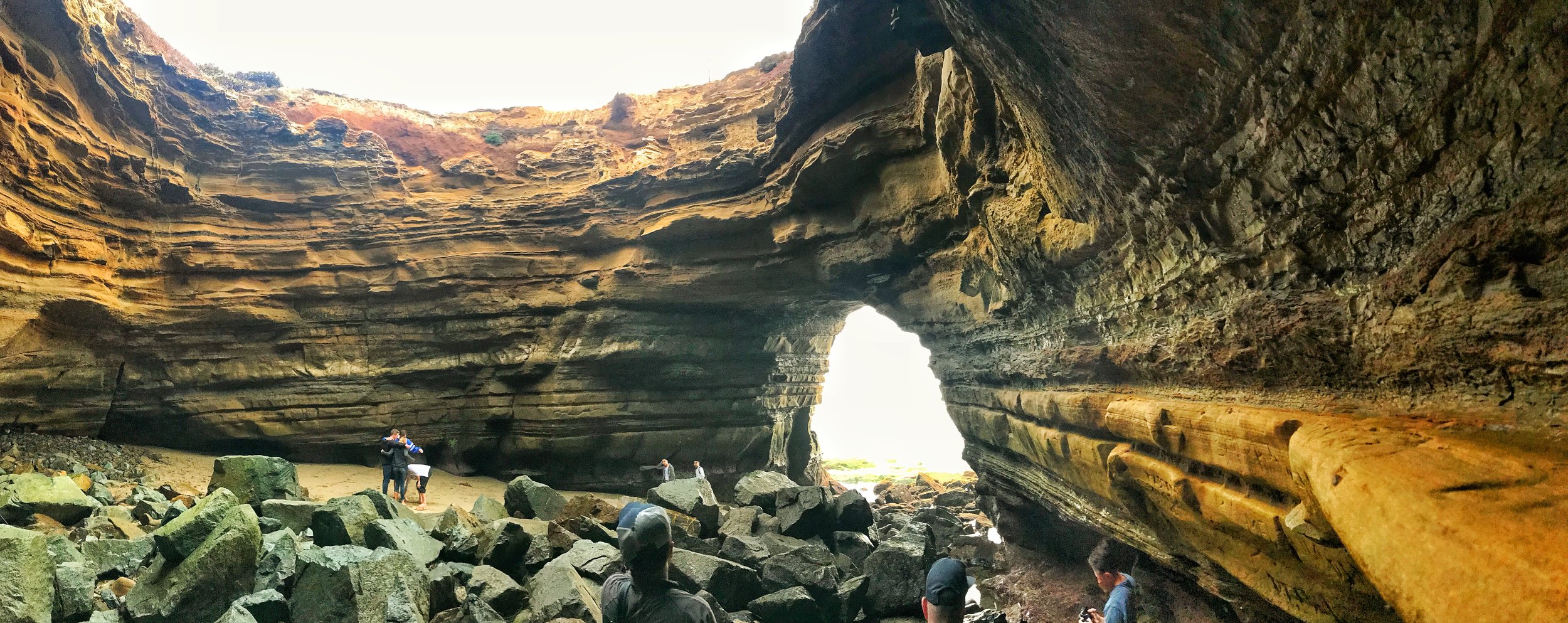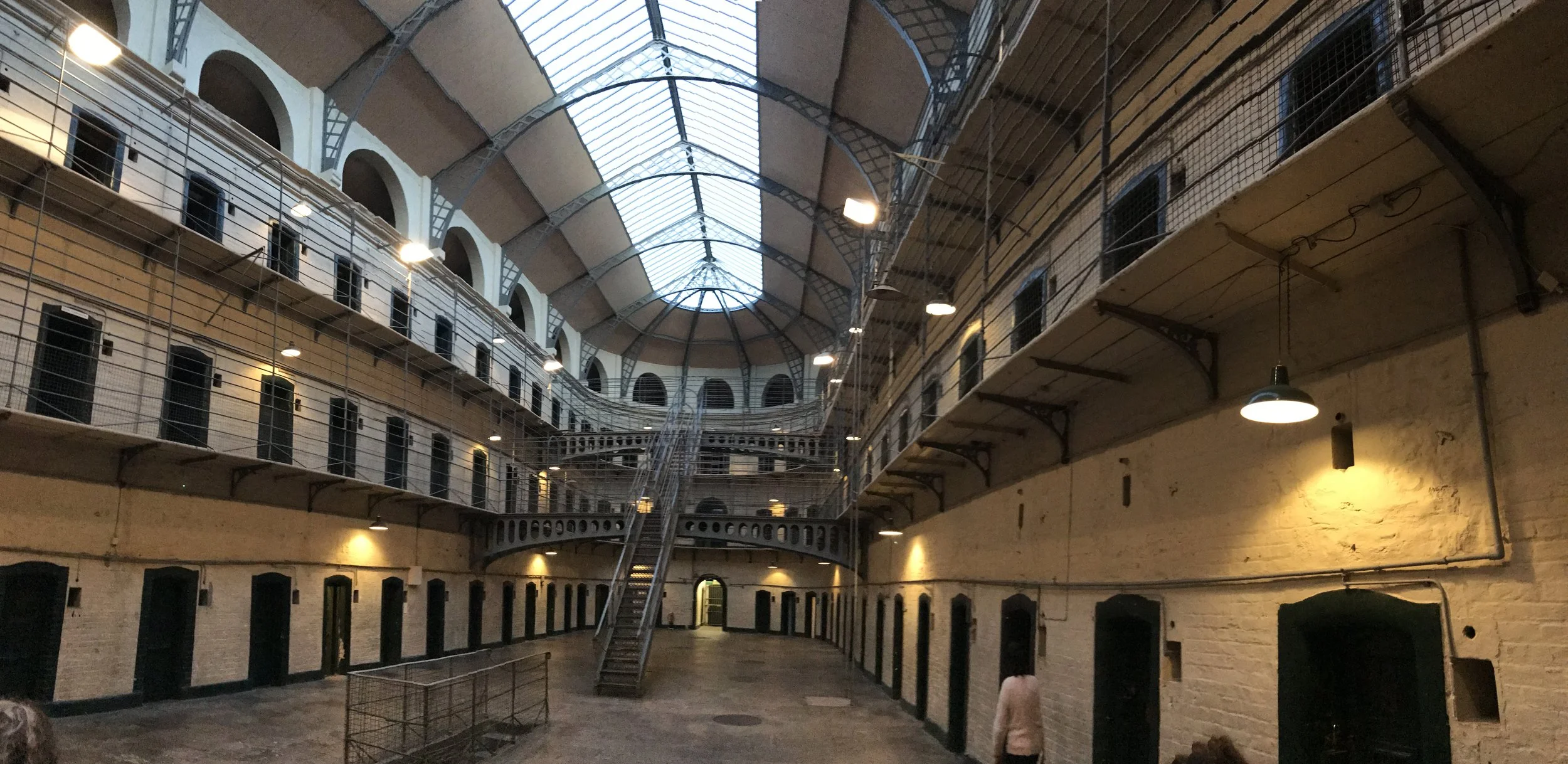From the Salton Sea to the east, and the expanse between near the Mexican border to the south and the Santa Rosa National Monument to the north, Anza-Borrego State Park has a number of interesting geologic features that can be seen with a little effort. Some, like Font’s Point require at times, four wheel drive to visit, but have a great payoff in terms of sunrise and sunset. Others, like the Arroyo Tapiado Mud Caves require both four wheel drive, and a willingness to explore and adventure. Out of all of these locations, none is more accessible than Clark Dry Lake Bed.
Magic Owl of Dijon
Dijon is one of the oldest cities in France, and one of the most storied cities as well. The former home to the Dukes of Burgundy is now the capital of a well-established wine region, and is also home to world-renown cooking and food. Dijon, however, also has a more surreal side, with one of its oldest buildings, the Church of Notre-Dame of Dijon having not one, but two sculptures reputed to have magic or mystical powers. The first, the Notre-Dame de Bon-Espoir (Our Lady of Good Hope) is located in the church, and is one of the oldest, if not the oldest statues of the Virgin Mary in France, dating to around the eleventh or twelfth century. Over the centuries, many miracles have been attributed to the statute, which remains a popular pilgrimage point.
Sunset Cliffs Open Ceiling Sea Cave
From the south to the north, San Diego county has over seventy miles of pristine coastline that, among other things, is honeycombed with a variety of sea caves. Over the years, these caves have been used for a variety of purposes, including bootlegging, tourism (or in the case of the Sunny Jim Cave, both), and everything in between. While some of these caves are inaccessible without a boat, and some of these caves are flat out inaccessible or unsafe, the best place to visit and experience sea caves is in one of San Diego’s most popular public spaces, Sunset Cliffs Natural Park. While the sixty eight acres of Sunset Cliffs Natural Park are perhaps best known as a great place to watch the sun set for tourists and locals alike, its most popular - and striking area is an eighteen acre linear portion south of Ocean Beach leading down to Point Loma and Cabrillo National Monument.
Samuelson's Rocks
One of the most fascinating things about any desert region are the things that have been left behind, either unintentionally, or intentionally, along with the attendant legends that surround these modern or ancient historical artifacts. From the Mexican border up through the volcanic tablelands near Bishop, California is honeycombed with strange and unique spots, such as Ballarat and Corn Springs. In Joshua Tree National Park alone, however, there are numerous unique locations, both known - like the Desert Queen Mine - and unknown. Out of all of these spots within the park, Samuelson’s Rocks are one of the better preserved locations, and one of the more unique as they comprise the thoughts of a strange man who lived a very interesting life. For those visitors with a map or GPS, the rocks also present an “off-trail” adventure that, when prepared for properly, allows one to experience a side of the park that typical visitors may not see.
Monumental Cemetery (Cimitero Monumentale di Milano)
Milan is renown for many things, including being the second most populous city in Italy; a hub for fashion and art, and the capital of Lombardy. With historic structures like Sforza Castle, the Milan Cathedral (the duomo), the La Scala Opera House, Santa Maria delle Grazie church (the location of the Last Supper), visitors have a plethora of things to see and experience within the confines of the city. Out of the entire sprawling city of Milan, however, there is one location that provides a unique intersection of art, history, and death. That location is the Monumental Cemetery, which is located near the city’s core district (where the duomo and other sights are located).
Palm Spring and the corner of Hollywood and Vine
Every desert has its share of strange and quirky spots, where the past lies forgotten, or where the present has interposed itself. The Anza-Borrego Desert is no different, with abandoned mines, old rail history at the Dos Cabezas station and Goat Canyon Trestle, and a plethora of other mysterious items. Near the Arroyo Tapiado Mud Caves, however, are two spots where the past and the present intersect. First, is the Palm Spring - not to be confused with the town called “Palm Springs” by any stretch of the imagination. The Palm Spring was a seasonal water source that was a stop for the Butterfield Stage Line, and various other nineteenth and twentieth century desert explorers. Today, the small stand of vegetation is the spot of a California Historical Marker, and at times, some water (when I last visited in fall 2017, there was no water to be found).
Kilmainham Gaol
While much of Dublin, and Ireland is full of light and music, there are darker places that represent the formation and history of Ireland as a whole. First among those is the Kilmainham Gaol, the central jail for Dublin from 1796 through 1924. While it was a jail, Kilmainham was also more than that - it was a central courthouse - and a site that is also linked to the Irish independence movement. From 1798 through 1916, the leaders of the various rebellions against British rule were imprisoned in Kilmainham Gaol, and in many cases, were executed within the walls of the jail. In addition to the many revolutionaries that were held in Kilmainham, the jail held many thousands of inmates throughout the years, including one as young as seven. While it was a seat of power, repression, and inequality for many years, Kilmainham eventually turned into a location that served as a rallying point for the Irish independence movement after fourteen members of the Easter Rising, including the wounded James Connolly were executed by firing squad in 1916. Today, Kilmainham is the largest abandoned jail in all of Europe, and is one of the most popular museums in all of Dublin.








